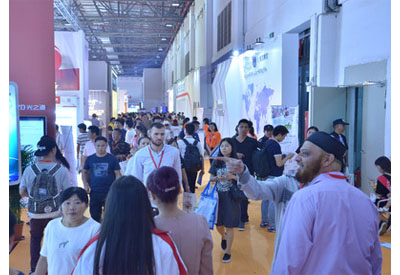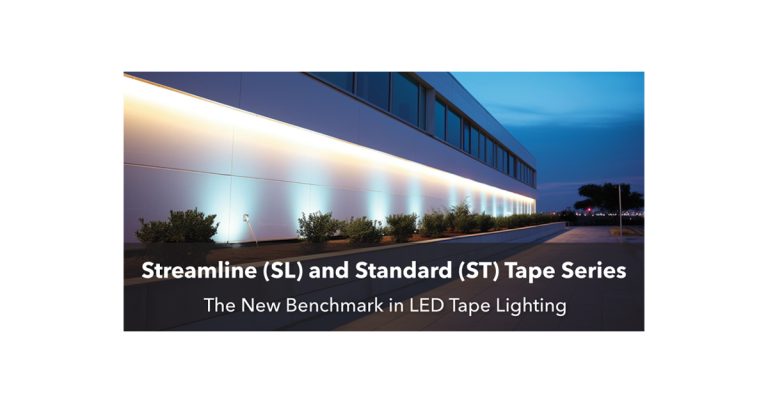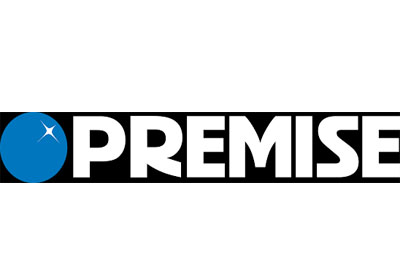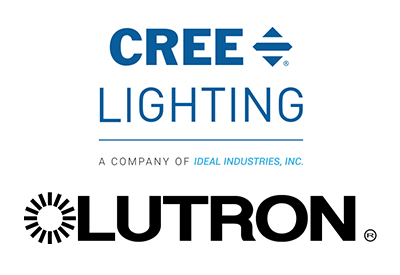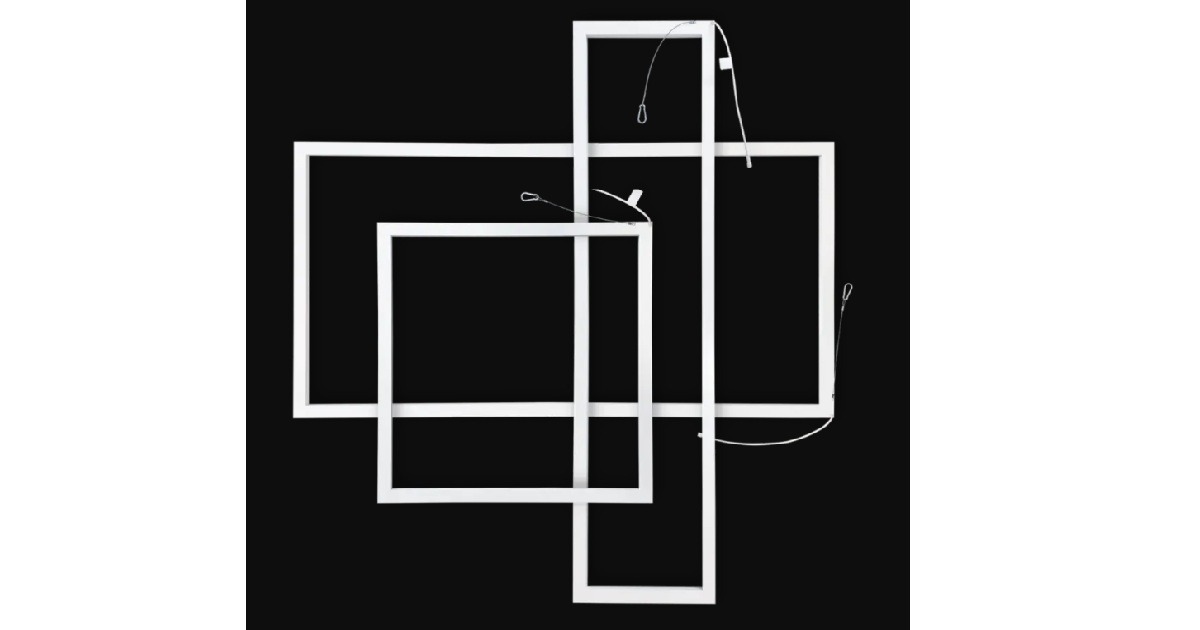Guy Brunet on his Career in the Industry and The Benefit of Diversifying your Experience Base
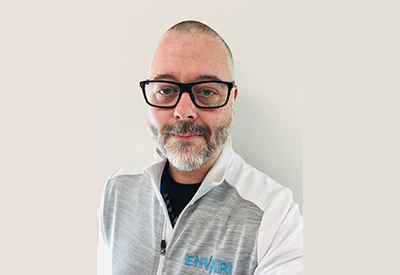
June 21, 2019
By Blake Marchand
Guy Brunet, LC, MIES is a Supervisor of Energy Services for Envari and a 22-year veteran of the lighting industry. Guy took some time out his busy schedule to answer a few questions for Lighting Design & Specification discussing his career and sharing some of his insights on the industry.
After attending Algonquin College’s Architectural Technician program, Brunet found his way to the lighting design side of the industry when he got involved with his local IES (Illuminating Engineering Society) chapter. Brunet began volunteering with IES during his first year working in the industry, helping out with various committees. Getting involved with his local chapter turned out to be a great experience for Brunet, presenting him with a fantastic networking avenue and opening up a lot of opportunities for him. He maintained his connection with the organization throughout his career, eventually becoming the Ottawa Chapter President.
Brunet furthered his education with the IES ED 100 and ED 150 courses, LC Certification, as well as courses on electrical construction and a Professional Management Certificate from Carleton University.
Throughout his career, Brunet has held multiple roles in various sectors of the industry, which he told Lighting Design & Specification has been a crucial aspect with respect to his development into well-rounded industry professional. His experience with design, project management, sales and specifications, as well as a stint with Algonquin College as a professor of lighting design, has provided him with multiple perspectives—both on the business and engineering side—to successfully execute all types of projects and add value to clients.
With Envari (prior to 2018 Envari was known as Energy Ottawa), Brunet served as a lighting designer and project manager, before transitioning into his current role as Supervisor, Energy Services. In his current role he is responsible for managing a team of engineers and contract designers.
Dimmable LED Streetlight Conversion
When LDS asked Brunet to discuss a project that he found particularly interesting or challenging, he discussed the dimmable LED streetlight conversion that Envari is working on for the City of Ottawa. The project consists of 55,000 lights to be converted to LED, complete with adaptive dimming controls, over a 4-year period that began in 2016. Early on in the project, a curveball was thrown at the industry in the form of an American Medical Association (AMA) report, which drew attention to potential concerns with regard to specific characteristics of LED technology, including correlated colour temperature (CCT) of 4000K and higher, as well as avoiding overlit areas. Well before the report, Brunet and his team advocated to their client the benefits of an adaptive dimming control system and informed them of all CCT options and their respective benefits. Ultimately, their recommendation for a warmer CCT and adaptive dimming controls—based on their real world experience—was adopted for the project. The release of the AMA report validated these recommendations, which in turn showed value to the client in having selected an experienced firm. The project to date is on-time, on-budget, and is achieving greater than the projected 50% energy savings—north of 60%—which is attributed to the combination of their detailed engineering approach and fine-tuning of the adaptive dimming controls.
Brunet explained these types of projects can be challenging from the perspective of balancing multiple interests within a municipality’s various departments, such as satisfying requirements for energy efficiency while also meeting the established lighting quality and quantity standards.
Industry Trends and Emerging Technology
For Envari, Brunet told LDS, the integration of data systems and IoT has affected what they do, particularly bringing them more into the IT space than they have been in the past. Brunet explained that because everything is being run through some kind of communications platform, more and more data is being produced. Data collection is something they have adjusted to and embraced, although they must continue to find new ways to fully utilize that data and create efficiencies for their clients.
One example Brunet detailed is automating lighting control for increased efficiency, knowing where in a given building lights should be on/off, at what times, and for how long. So, a focus for the company moving forward will be presenting clients with organized data that enables them to make stronger decisions.
Smart connected platforms, IoT, industry 4.0 and the associated terminology has been pushed heavily by marketing teams and Brunet agrees it is the future.
These technologies are obviously being utilized, he said, but there hasn’t been full uptake just yet, “companies still haven’t jumped all-in.”
If some other technology doesn’t change the landscape, it should become more of a norm over the next few years.
Electric vehicle (EV) charging infrastructure and EV fleet management is another trend that is becoming more and more prominent as the technologies develop. Going ‘green’ has become more than just a quick branding adjustment; it is developing into a legitimate avenue for companies and municipalities to cut costs as well as create efficiencies while supporting sustainable communities.
Envari Energy Solutions
Envari provides full turn-key solutions: taking an idea from concept through project completion. They handle procurement, design engineering, tender packages, sourcing contractors from their network, project management, admin work, full commissioning, and providing digital as-built and maintenance documents at project completion. Envari’s services include mechanical and electrical design and engineering, energy audits and assessments, energy monitoring and automation, cable testing, electric vehicle infrastructure, streetlighting, sub-metering, and solar solutions. They primarily operate in the municipal, commercial and utility sectors of the industry.
Brunet explained how their turn-key approach makes them a unique and innovative company, contributing to their success. It is typical in the industry that projects are handled by various firms throughout the various points of the process. A full solution approach by one firm eliminates inefficiencies, ensuring that the whole of the project is taken into consideration when key decisions are being made.
A lot of Envari’s work understandably comes in the form of retrofits, Brunet noted, as they review existing energy systems and apply their engineering and design principles. Their design and photometric testing is done in-house. A lot of companies rely on agents or manufacturers for that information, Brunet explained, which allows them to ensure their clients are getting accurate information and avoiding vendor bias.
Envari helps clients save energy throughout the whole of their building, not just with respect to lighting. They conduct deep energy retrofit audits in which they focus on building systems, including how they were initially designed in comparison to how they are currently being used. They identify and quantify how their clients consume electricity, gas, and water, ultimately recommending all areas that can drive energy savings and increase efficiencies.
Deep energy retrofit audits provide a list of recommended measures and associated paybacks, allowing clients to make data-driven decisions.
Final Thoughts
As it was discussed above, Brunet told LDS that gaining a variety of experience throughout various areas of the industry is an invaluable asset, ultimately contributing to his career success. He noted that he encourages young professionals in the industry to broaden their experience base.
Brunet explained that when you step outside your comfort zone it is a huge value to develop firsthand experience of the inner workings of a given industry. When you think you know everything there is to know, he elaborated, it puts a limit on what you can do as a professional. Which is fantastic career as well as personal advice.
When it comes to the lighting, energy, and electrical industries, technologies and trends are constantly developing. Making a commitment to life-long learning is crucial for advancing your career and finding and maintaining success. Gaining experience in multiple areas of the industry and understanding its business side, Brunet explained, has had a great influence on his work as a lighting designer. It changes your mentality and perspective on the industry as well as how you approach a particular job. As a lighting designer, having a better understanding of what a business must consider for a given project can allow you to develop a better solution.
Blake Marchand is Assistant Editor, Panel Builder & Systems Integrator.

